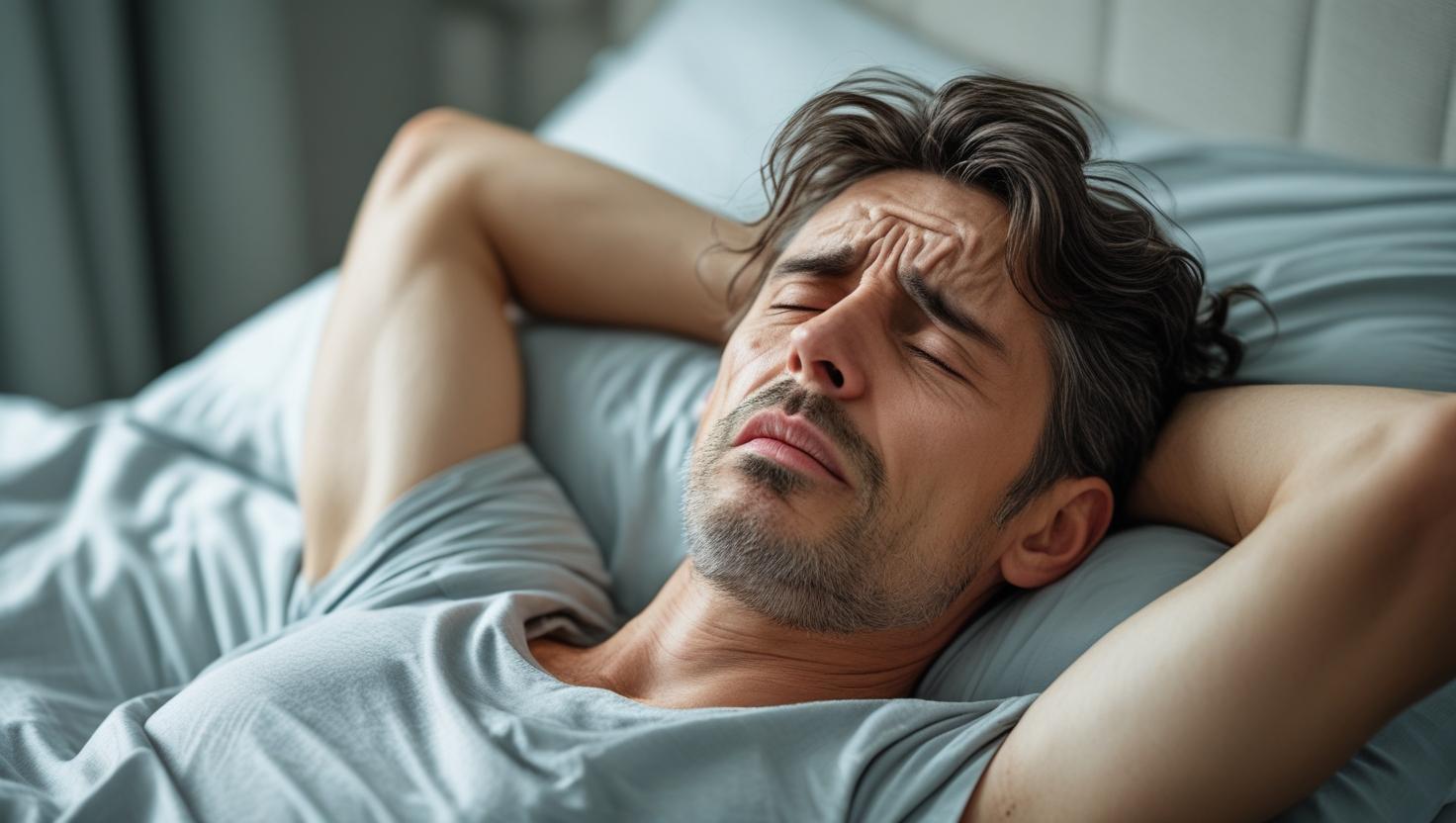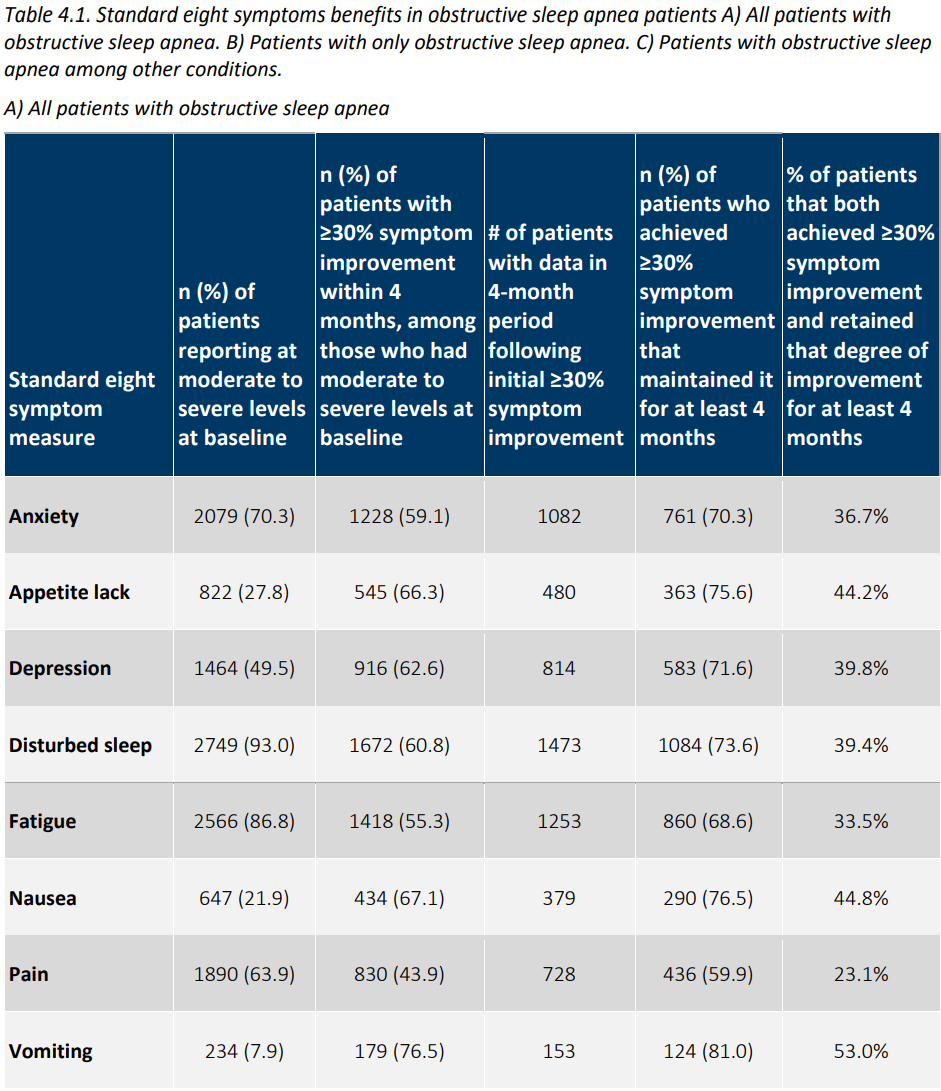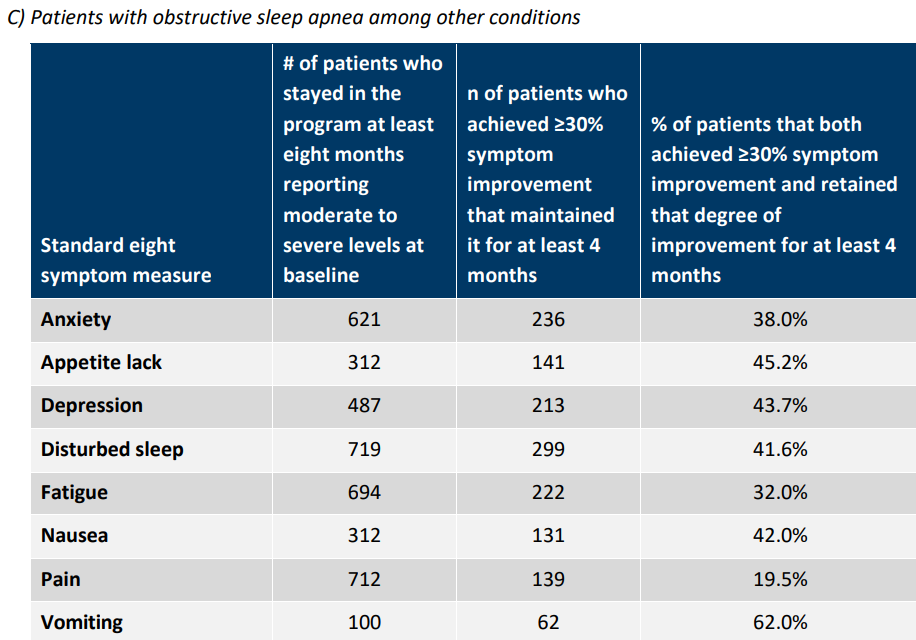Join Our Newsletter And Save 50%* On Your First Order
Get the lowdown on exciting updates, new products, exclusive discounts, and more.
*Good on WellspringCBD and Weltaday branded products only.
Get the lowdown on exciting updates, new products, exclusive discounts, and more.
*Good on WellspringCBD and Weltaday branded products only.

Key Takeaways:
– A substantial portion of obstructive sleep apnea patients in Minnesota’s medical cannabis program experienced meaningful symptom relief, with about 40% reporting at least a 30% reduction in disturbed sleep that was sustained for four months or longer.
– Most participants who reported side effects from medical cannabis described them as mild, with dry mouth being the most common; severe side effects were rare and primarily included fatigue and headache.
– The majority of patients remained engaged in the program for more than eight months, indicating ongoing perceived benefit and tolerability of medical cannabis treatment among this population.
– In addition to improved sleep, many patients also noted improvements in related symptoms such as anxiety, depression, fatigue, appetite issues, nausea, pain, and vomiting.
A recent study from Minnesota’s medical cannabis program provides us with a deep dive into the real-world impact of cannabis in a therapeutic setting when it comes to those suffering from obstructive sleep apnea.
This research not only explores the clinical outcomes but also examines how patients interact with these natural treatments in everyday life. In this blog, we’ll break down the data points into distinct segments, highlighting everything from patient outcomes and quality-of-life improvements to market accessibility and program effectiveness.
Obstructive Sleep Apnea (OSA) is a common yet serious sleep disorder that occurs when the muscles in the throat relax excessively during sleep, causing the airway to narrow or become completely blocked. This obstruction temporarily stops breathing, leading to repeated interruptions in the sleep cycle throughout the night. Such disruptions can prevent individuals from entering the deep, restorative phases of sleep, leaving them feeling unrested even after a full night’s rest.
In the United States, an estimated 22 million people suffer from sleep apnea, with the majority of cases being obstructive in nature. However, it is also estimated that up to 80% of those who have sleep apnea remain undiagnosed, suggesting that the actual number of affected individuals could be considerably higher.
The effects of OSA on those who suffer from it can be profound. Common consequences include chronic fatigue and daytime sleepiness, which can impair concentration, productivity, and overall quality of life. Beyond the immediate impact on daily functioning, untreated sleep apnea has been linked to a host of serious health issues such as high blood pressure, heart disease, stroke, and metabolic disorders. Over time, the strain on the cardiovascular system and other bodily functions can lead to an increased risk for long-term health complications.
Traditional treatments for obstructive sleep apnea often require a multifaceted approach that may include lifestyle modifications, medical treatments, and in some cases, the use of devices like continuous positive airway pressure (CPAP) machines to keep the airway open during sleep. The recognition and treatment of OSA are essential not only for improving sleep quality but also for mitigating its broader impact on overall health and well-being.
OSA was added as an approved qualifying condition to the Minnesota Medical Cannabis Program in August of 2018.
The study was conducted with a diverse cohort drawn from multiple clinical sites across Minnesota, ensuring that the participant pool reflected a broad spectrum of both demographics and health profiles. A total of 2,982 patients were enrolled with obstructive sleep apnea in Minnesota’s medical cannabis program and purchased medical cannabis between August 1, 2018, and July 31, 2023. The cutoff of July 31, 2023. This substantial level of participation allowed researchers to capture and compare a wide array of real-life outcomes.
At enrollment, the typical participant was 49 years old, with ages spanning from 13 to 97. Most individuals identified as white (84.6%), followed by those identifying as Black, African, or African American (3.3%), and 2.6% identifying as two or more races. Geographically, the overwhelming majority (71.3%) lived in the Twin Cities metro area, while 6.4% resided in the St. Cloud region.
During the first year of enrollment, patient transactions for medical cannabis purchases were carefully examined, totaling 33,920 transactions and 104,602 individual products. These products were grouped according to their method of administration and levels of THC and CBD. Inhaled products—such as raw cannabis flower and vape oils—emerged as the most common, making up 64.2% of all purchases. Enteral products, which are ingested and processed through the gastrointestinal system (including gummies, capsules, water-dissolvable powders, and oral solutions), were the next most prevalent at 29.2%. Products designed for oromucosal absorption and topical use were least common, representing 4.8% and 1.9% respectively. Throughout all these categories, products with high THC content were the most popular.
Moreover, the study design integrated both quantitative metrics and qualitative feedback. By collecting detailed logs on dosage, frequency, and subjective well-being, the researchers could draw correlations between specific use patterns and reported outcomes. This dual approach not only verified the clinical effectiveness of the treatments but also illuminated practices and strategies that patients found most sustainable in their day-to-day lives.
Every participant in Minnesota’s medical cannabis program is required to fill out a patient self-evaluation (PSE) before each purchase. This form gathers information about their symptoms and concerns regarding medical cannabis, setting the stage for a conversation with their medical cannabis pharmacist before their next acquisition. The evaluation covers details about any new medications, a set of eight standard symptoms, potential side effects, and any benefits they have noticed from using medical cannabis.
Below is a selection of testimonials from patients with obstructive sleep apnea in Minnesota’s program, sharing the benefits they have experienced using medical cannabis:
Among patients with obstructive sleep apnea, 93.0% (n = 2,749) reported experiencing moderate to severe disturbances in their sleep at the time of enrollment. On average, the disturbed sleep score was 7.7, with a standard deviation of 2.3, and this score remained consistent whether patients were exclusively certified for obstructive sleep apnea or had additional certifications for other conditions.
Fatigue followed as the second most prevalent symptom, with 86.8% (n = 2,566) of patients reporting moderate to severe fatigue levels at baseline. Notably, those with obstructive sleep apnea in combination with other conditions exhibited higher fatigue scores (mean: 7.11; SD: 2.45) compared to those solely diagnosed with obstructive sleep apnea.
Among the obstructive sleep apnea patients who initially reported moderate to severe sleep disturbances, 60.8% (n = 1,672) experienced at least a 30% reduction in their sleep disturbance scores within four months (refer to Table 4.1). Of those who showed improvement during this period, 73.6% (n = 1,084) were able to sustain that level of improvement for an additional four months. Overall, 39.4% of patients with moderate to severe sleep disturbances achieved and maintained a 30% or greater reduction in their sleep disturbance scores (Table 4.1). Notably, the early improvements observed within the first four months of initiating medical cannabis treatment did not significantly differ between patients who were only qualified for obstructive sleep apnea and those who had additional qualifying conditions (Χ2 (1, N = 2,749) = 0.28, p = 0.598; Table A4). However, a significant difference emerged in the sustained improvement rates: 77.0% (n = 752) of patients with only obstructive sleep apnea maintained this improvement compared to 66.8% (n = 332) of those with other conditions (Χ2 (1, N = 1,473) = 17.27, p < 0.001; Table A5).
Turning to fatigue scores, 33.5% of patients managed to achieve and maintain a 30% or greater reduction in fatigue. When looking at initial improvements, a significant difference was observed between the groups: 58.4% (n = 969) of patients with only obstructive sleep apnea reported improvement, compared to 49.4% (n = 449) of those with additional qualifying conditions (Χ2 (1, N = 2,566) = 18.84, p < 0.001; Table A4). Furthermore, maintained fatigue improvement also differed significantly between the two groups: 71.8% (n = 610) of patients with only obstructive sleep apnea sustained their improvement, versus 62.0% (n = 250) of patients who had other qualifying conditions (Χ2 (1, N = 1,253) = 11.58, p < 0.001; Tables 4.1 and A5).

Another significant outcome from the research was the observed decrease in stress and anxiety levels among participants. Detailed questionnaires and regular follow-ups showed a consistent trend—patients using these therapeutic cannabis products reported feeling calmer and better equipped to handle everyday stressors. The study’s findings reinforce that these natural remedies can be an integral part of a holistic health strategy, especially for those who are managing the pressures of everyday life.

While the benefits are clear, the study also delved into the challenges participants face when accessing these treatments. One of the recurring concerns was the high cost and occasional difficulty in finding reliable, quality products. This section of the research examined how factors such as pricing, product availability, and regulatory hurdles impact patients’ ability to incorporate these products into their lifestyle. By bringing these issues to light, the study provides invaluable insights for policymakers and industry stakeholders looking to bridge the gap between promising science and everyday accessibility.
Beyond the hard data, patient testimonials played a crucial role in illustrating the real-world impact of the program. Many participants shared stories of marked improvements in daily life—from enhanced focus during the day to a more relaxed state during stressful periods. These narratives add a human dimension to the clinical data, offering a well-rounded illustration of how cannabis-based therapies can provide relief and contribute to long-term improvements in health and lifestyle.
The Minnesota study opens the door for more in-depth discussions surrounding medical cannabis programs. With robust evidence supporting benefits such as improved sleep and reduced stress, the program serves as a basis for future research and policy refinements. Addressing concerns about product cost and accessibility could further enhance the program’s impact, ensuring that more individuals can benefit from these natural therapeutic options. As we move forward, continued research and feedback from patients will be essential in shaping a healthcare landscape that is both innovative and inclusive.